As some of you may have heard, a previously unseen blue-green color dropped the other day, and frankly it would be tragic if I didn’t talk about it on here. So, let’s get into our new (literally) color of the week, Olo.
The new shade is described as a ultra-saturated blue-green/teal, and in short, it was discovered through firing lasers into people’s eyes.
A Brief History
Is it really a 'history' if it happened, like, 10 minutes ago? Asking for a friend.
But yes, the color was found by University of California, Berkeley scientists earlier this month through firing lasers into people’s eyes — specifically, by selectively stimulating just one type of cone cell in the retina (M cone), which usually works alongside others (S and L cones).
“We predicted from the beginning that it would look like an unprecedented colour signal but we didn’t know what the brain would do with it.” — Ren Ng, an electrical engineer at the University of California, Berkeley.
By isolating it, scientists believe that the brain is able to register colors that don’t occur naturally, such as our highly saturated blue-green.
010 → “Olo”
The name "Olo" was inspired by the binary code "010", which indicates the exclusive activation of M cones, with no stimulation of L (long-wavelength) or S (short-wavelength) cones.
Paint Color Replica
Since the new discovery, British artist Stuart Semple has claimed to create a paint that mimics "Olo". Semple’s version, cheekily named "Yolo," is available for a whopping £10,000 per 150ml jar, or £29.99 for artists.
Known for producing the "blackest" and "pinkest" paints previously, Semple claims to have recreated Olo by blending traditional pigments with fluorescent optical brighteners.
Then he analyzed them with a spectrometer to more accurately match the color’s high intensity.
Semple stated he believes colors should be available to everyone — a philosophy that aligns with his earlier battles against exclusivity in the art world.
Scientists Say it Can’t be Recreated
Meanwhile, scientists involved in the original discovery, like Austin Roorda, praised Semple’s creativity but emphasized that Olo cannot truly be recreated in physical form.
Roorda joked he might buy a bottle (at the cheaper price) and even get his cousin, an artist, to experiment with it — but confirmed that any physical approximation would fall short.
Even using highly saturated tools like monochromatic lasers wouldn’t match the real "Olo" experience.
Public Engagement
The concept of Olo has inspired artistic interpretations and public discussions. Take a look at Instagram post made by @hypebeast, for example:
Some individuals claim to have seen Olo in everyday objects and even well-known designer brands — see some comments I picked from the comment section of @hypebeast’s post below:
Most compared the bright blue-green color to Tiffany Blue, which I actually covered on here not that long ago. And for me, having a visual always helps so I made a comparison chart:
As you can see, they’re quite different (assuming you’re not colorblind). At the same time, I can’t blame anyone for making that comparison. I definitely wouldn’t know just from memory either.
Speaking of Tiffany Blue, if you’re interested in learning more about the iconic brand color, you can read about it here:
Tiffany® Blue
When it comes to luxury brands, Tiffany & Co. has perfected the art of making a color inseparable from its identity. The iconic Tiffany Blue—recognized globally as a symbol of elegance, exclusivity, and timeless quality—transcends packaging and branding.
Color Characteristics
According to science, Olo can't be seen naturally, so the bright teal color I've been showing you throughout this post is just the closest match I could find (and what’s being shared online). Here are the details for that color:
HEX: #03ffcb
RGB: (3, 255, 203)
CMYK: (99%, 0%, 20%, 0%)
Takeaway
Not only does this discovery challenge the traditional understanding of human color perception and our conventional color spectrum, but it also potentially opens new avenues for research into color vision and applications in treating color vision deficiencies. Pretty cool stuff!
As always, thank you so much for reading—your support is greatly appreciated. And if you enjoyed it, please give it a like so I know what you guys want to see more of:)


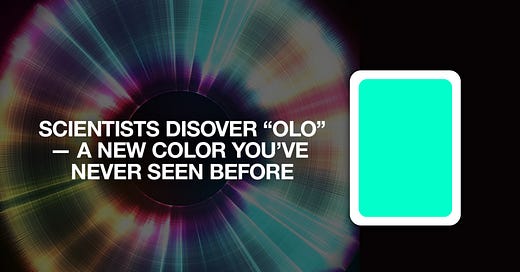



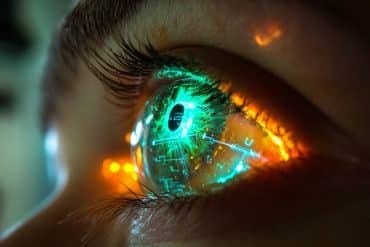
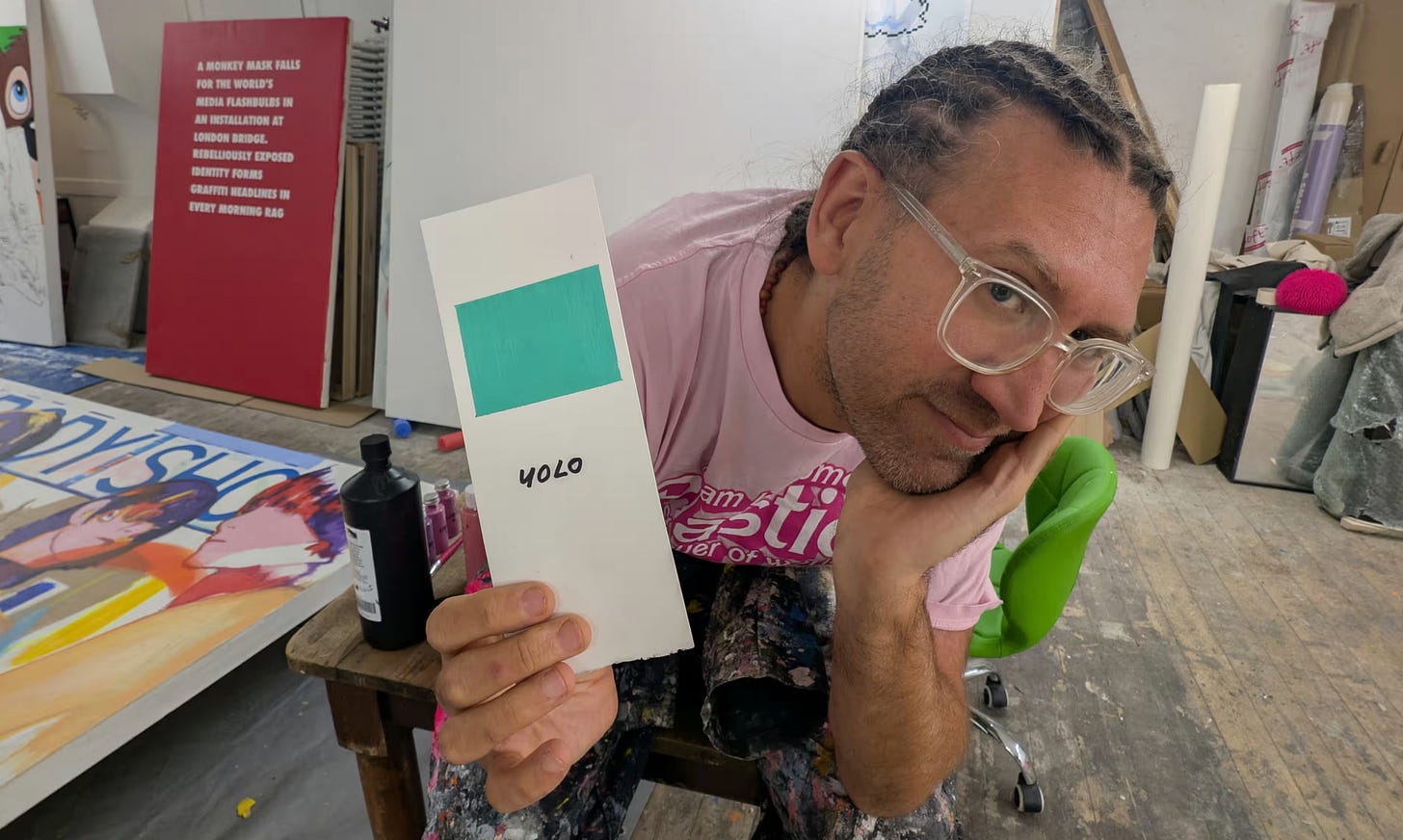
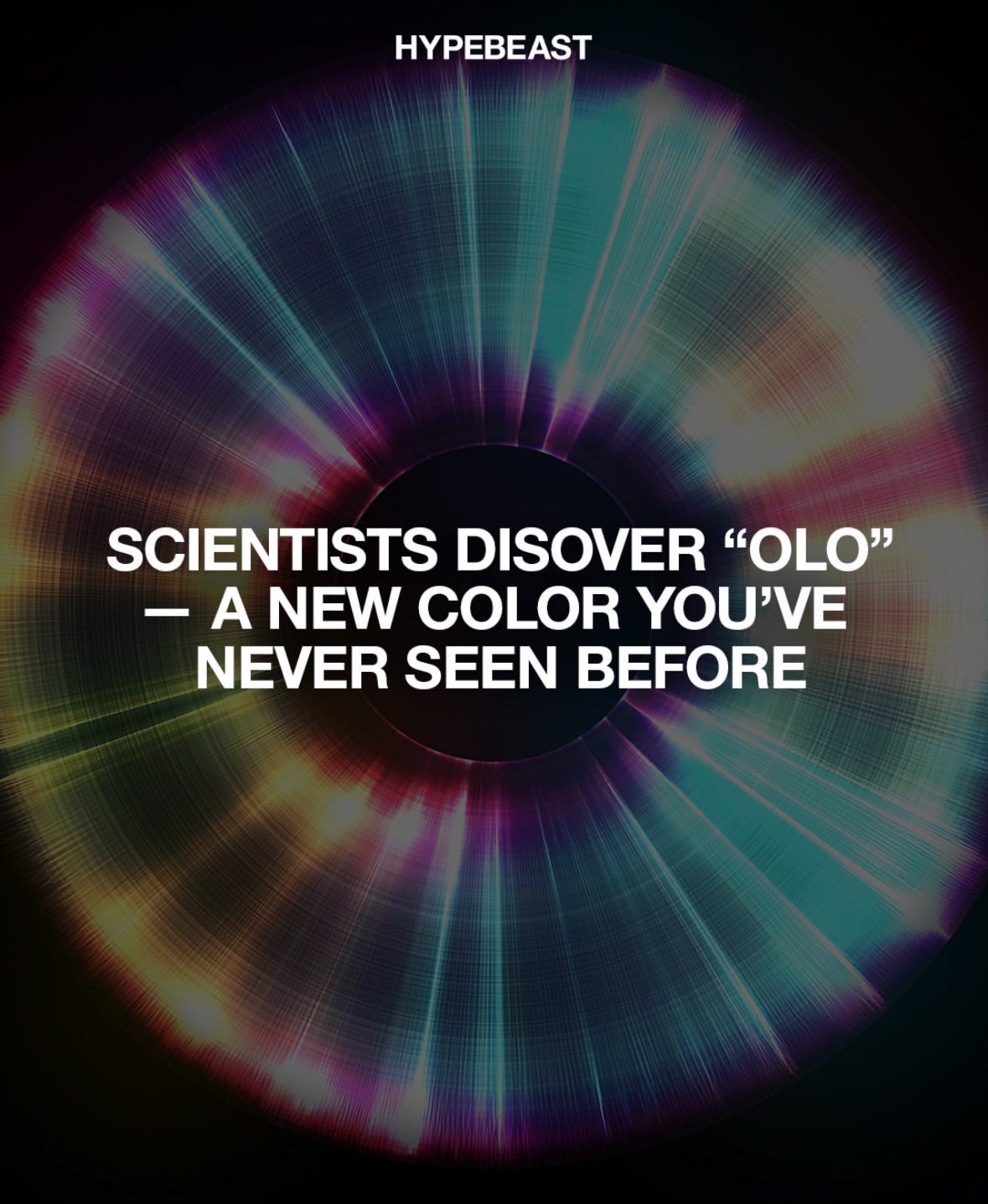
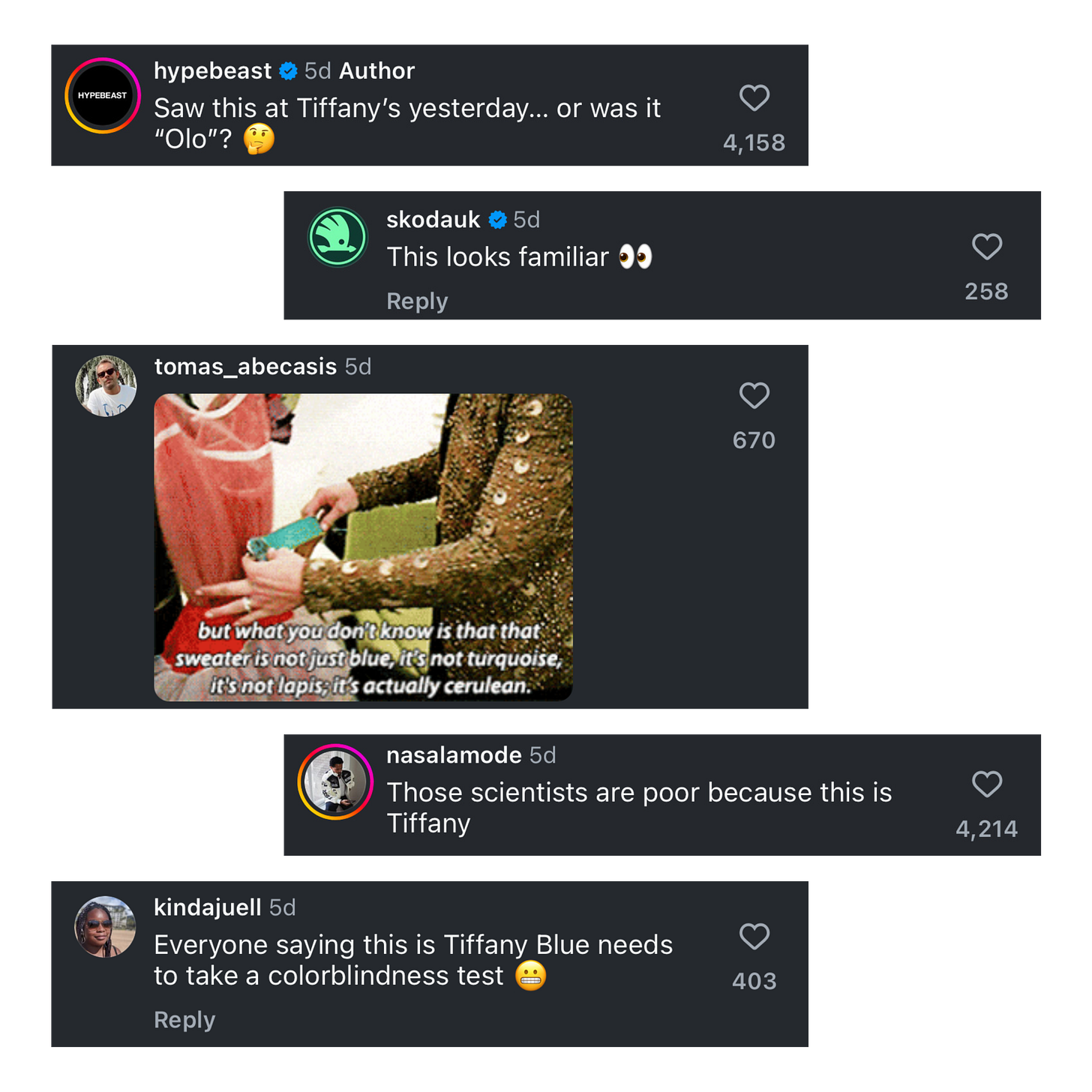
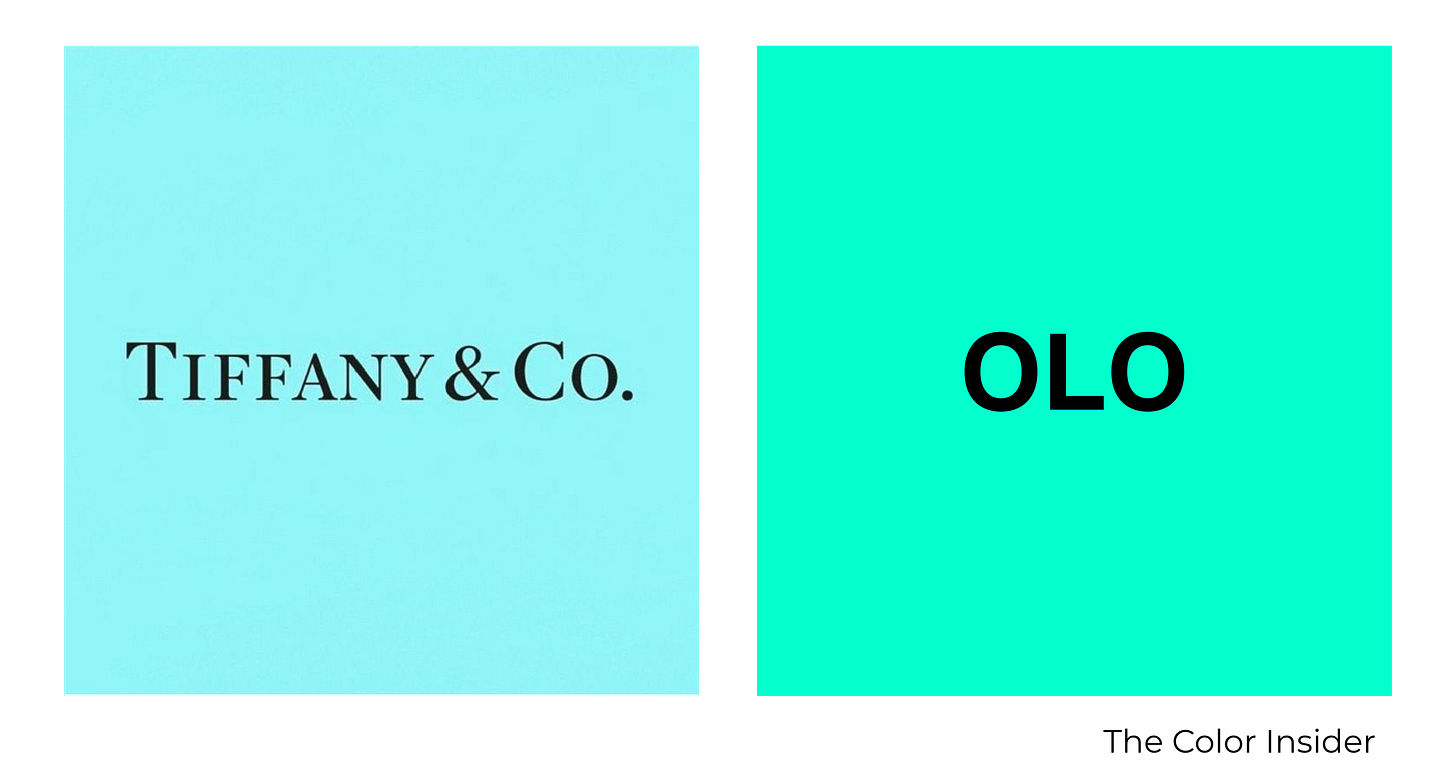
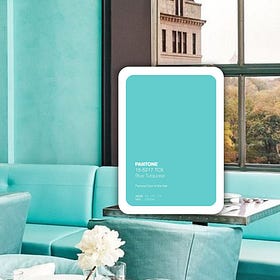

So rich!